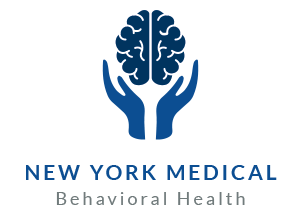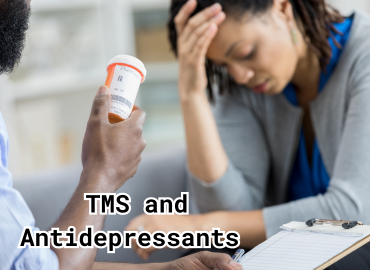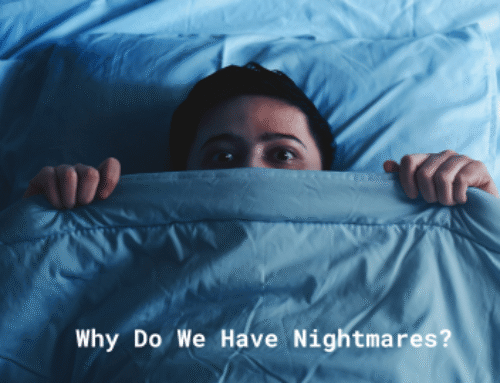TMS and Antidepressants
Antidepressant drugs have come a long way through history. From uplifting herbs that have been used for thousands of years to the most cutting-edge pharmaceuticals, we have treated our depressive and anxiety-related disorders with substances that alter our brain chemistry and help our body communicate with itself so we can feel better. Neuromodulation has taken some great moves forward as well in the last couple decades. Brain stimulation treatments like TMS (transcranial magnetic stimulation) are seeing success in treating depression where antidepressants have failed or as an accompaniment to the medication. Today, we want to take a quick look at how antidepressant medications interact with TMS.
TMS is a non-invasive procedure that applies electromagnetic stimulation pulses to the scalp over the areas of the brain most responsible to mood regulation and sensory processing. These pulses provide a boost in brain activity that produces necessary neurotransmitters and forms new neural pathways. TMS is well-tolerated and most patients experience little or no side effects.
Antidepressant medications are a common treatment for depressive and anxiety disorders like MDD (major depressive disorder) and OCD (obsessive-compulsive disorder). They are typically used in conjunction with interpersonal treatments like talk therapy. While they are a source of relief for millions, they frequently induce undesirable side effects like sleep and weight disruption.
There are many kinds of antidepressants. Here are a few:
Serotonin antagonists and reuptake inhibitors (SARIs) like Oleptro and Nefazodone, used mainly for MDD but also used for anxiety and insomnia.
Tricyclic antidepressants (TCAs) like clomipramine and desipramine, options for treatment resistant depression.
Monoamine oxidase inhibitors (MAOIs) like phenelzine, used mainly as a last resort if other antidepressants have failed, can have unpleasant side effects with other medications and foods and are only prescribed by specialists.
Serotonin and norepinephrine reuptake inhibitors (SNRIs) like venlafaxine and duloxetine that can also be used to treat chronic pain conditions like fibromyalgia.
Selective serotonin reuptake inhibitors (SSRIs) like fluoxetine and citalopram, the most common and easily tolerated type of antidepressant medication in the US.
Antidepressant medications aren’t for everyone. Some people just don’t respond to the treatments, or intolerable side effects arise. TMS can be used instead of antidepressants when approved by the patient’s medical team or used in conjunction with the medications.
A 2014 report published in BMC Psychiatry went over seven randomized clinical trials that contrast placebo TMS with active TMS therapy. All participants had taken a round of antidepressants prior to the trials but had not shown improvement in their conditions. During the trials, TMS was used to augment pharmaceutical treatments, either simultaneously or before and after sessions. The collected data found
that active TMS had a significant positive effect on the patient’s outcomes when used with antidepressants. This is an exciting development, and we are happy to be a part of the growing body of work supporting brain stimulation as neuromodulation therapy.
Not everyone should take TMS with their medication. Some antidepressants like tricyclics and antipsychotics, can increase the risk of seizures while under the electromagnetic coil. Frequently abused drugs like cocaine and amphetamines should not be taken when receiving TMS or with antidepressants.
Never begin or end a medication regimen without consulting your doctor. It’s essential that a patient’s medication course be stable for at least a few weeks before starting TMS. The process will be monitored throughout the weeks of treatment so that any side effects can be properly ascribed to either the TMS or the drug.
For more information and to make an appointment, write to us on our website anytime or call (585) 442-6960.




